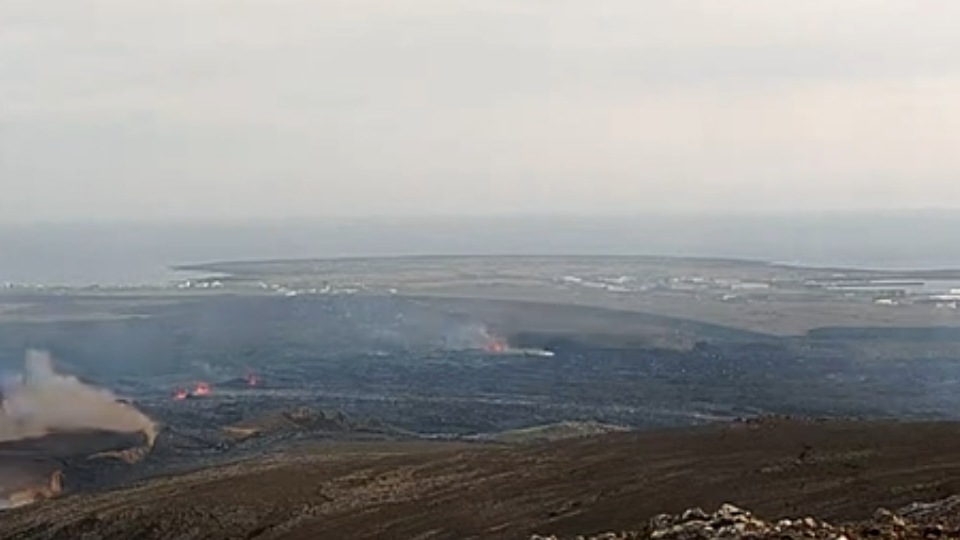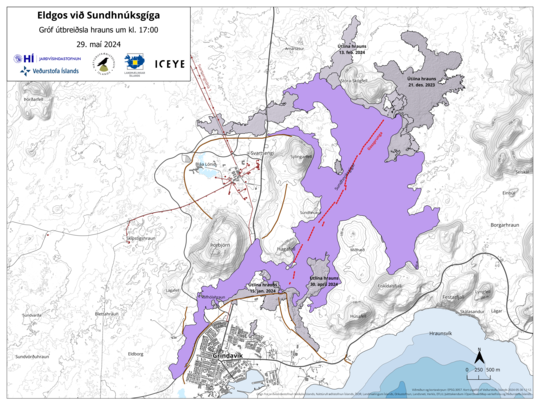- Thread starter
- #421
Michael Bay, call your office.
There must be quite a large groundwater body down there. I wonder about the color difference -- that tan plume closest to the camera might have a very high sulfur content, adding toxicity to the particle hazards from all this (which include interference with the electrical grid from very fine ash, though this is to the east, fortunately).
Over on the west, it looks like lava has crossed the road and is heading into the plant/Lagoon complex. Spokespeople say the new hot water pipe is fully shielded -- this time, that likely will be tested.
There must be quite a large groundwater body down there. I wonder about the color difference -- that tan plume closest to the camera might have a very high sulfur content, adding toxicity to the particle hazards from all this (which include interference with the electrical grid from very fine ash, though this is to the east, fortunately).
Over on the west, it looks like lava has crossed the road and is heading into the plant/Lagoon complex. Spokespeople say the new hot water pipe is fully shielded -- this time, that likely will be tested.









